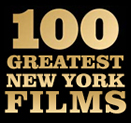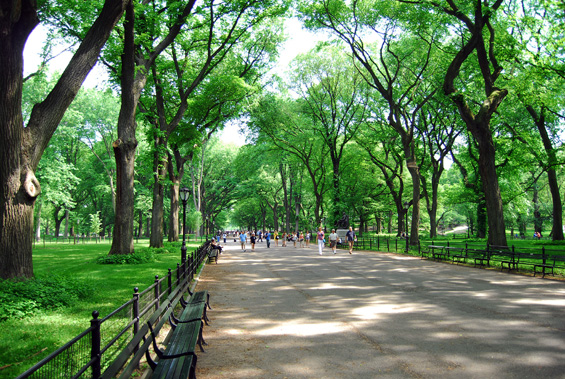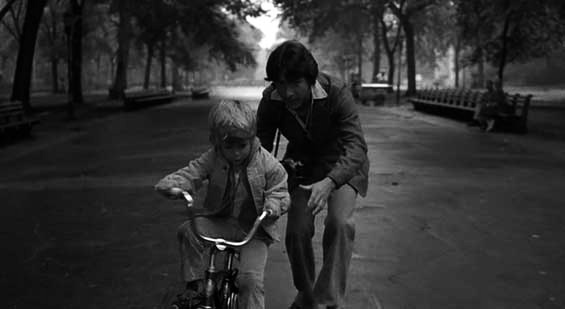Most Popular Film Locations: The Mall, Central Park
The Central Park Mall leading to the Bethesda Terrace provides the only purely formal feature in the naturalistic original plan of Frederick Law Olmsted and Calvert Vaux for Central Park, New York City. The Mall, designated the Promenade in Olmsted and Vaux's Greensward plan of 1857, was called the "open air hall of reception" in the text that accompanied the plan in the competition. "A 'grand promenade' was 'an essential feature of a metropolitan park', the designers acknowledged, yet its formal symmetry— like all architecture in the park— must be rendered 'subservient' to the natural 'view as the ultimatum of interest'", Roy Rosenzweig and Elizabeth Blackmar reported in their history of Central Park.
It was designed so that a carriage could disgorge its passengers at the south end, then drive round and pick them up again overlooking Bethesda Terrace, whose view of the Lake and Ramble formed the "ultimatum of interest" in Olmsted and Vaux's vision. With no need for tiresome redoubling their steps, fashionable New Yorkers, who in the first decades of the Park's existence drove through it in their stylish equipages but rarely walked in it, had their chance to mingle with the less affluent, a mix that was considered thoroughly "American", and picturesque enough to be illustrated repeatedly in the turn-of-the-twentieth-century watercolours of Maurice Prendergast and, slightly later, of Ludwig Bemelmans: "'a great charm of Central Park' wrote J. Crawford Hamilton in Munsey's Magazine, 'is the marvellous variety of its scenery and embellishments' including the crowds".
The first sculpture to be sited here was in commemoration of the New York society poet Fitz-Greene Halleck, but more than half of the sculptures erected in Central Park in the nineteenth century were projects financed and promoted by ethnic associations of the more recent immigrants: "immigrant New Yorkers were emphasizing their status as 'cultivated' people by honouring leading cultural (not political or military) figures in the city's most 'cultivated' space". The statue of Christopher Columbus centred at the south end of the Mall was financed by the elite New-York Historical and Genealogical Society; however, it "could be seen as an 'ethnic' assertion by native-stock Americans who felt beleaguered in a city more and more dominated by immigrants." Most Iconic Film Moment: Kramer vs Kramer
Other films that feature The Mall include: |
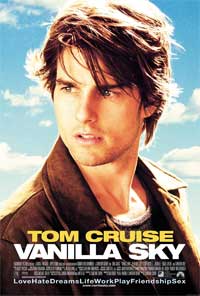 |
 |
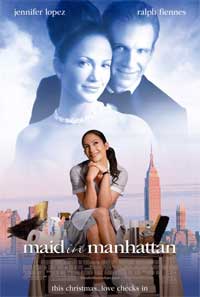 |
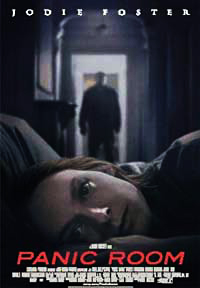 |
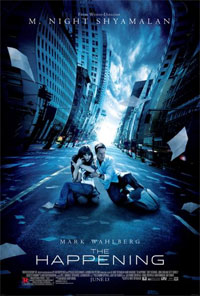 |
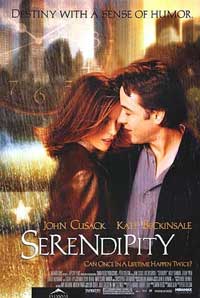 |
 |
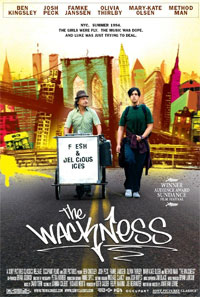 |
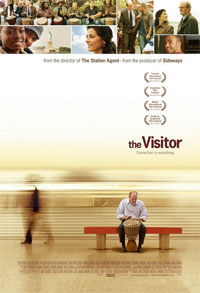 |
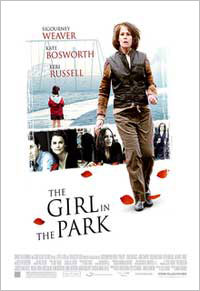 |
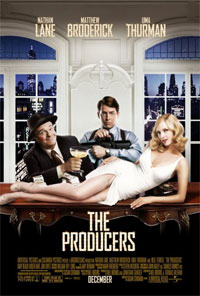 |
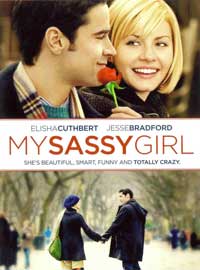 |
 |
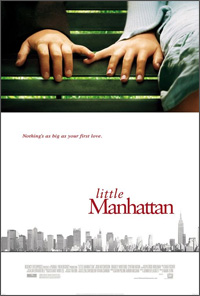 |
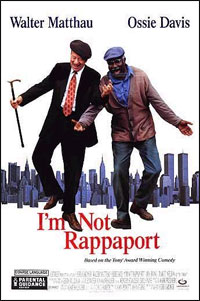 |
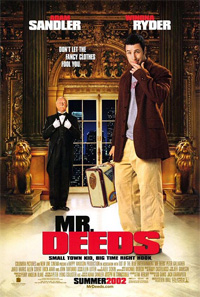 |
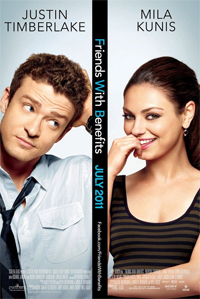 |
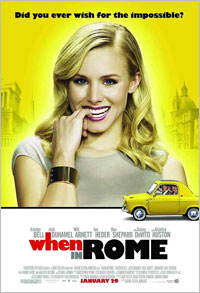 |
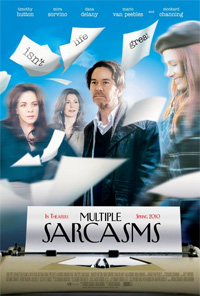 |
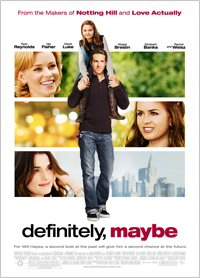 |
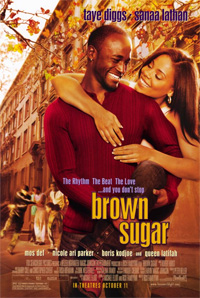 |
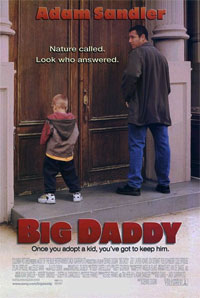 |
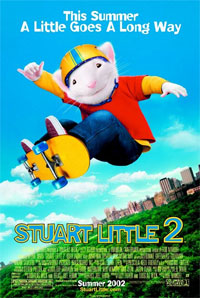 |
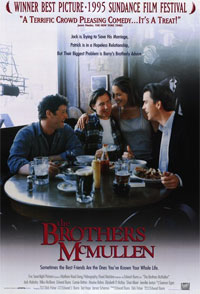 |
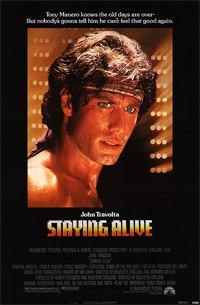 |
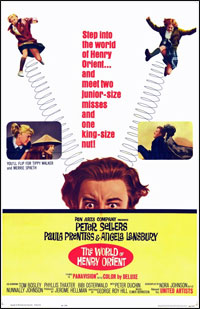 |
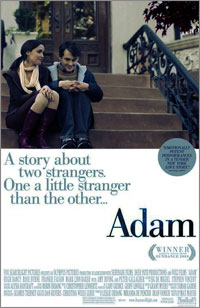 |
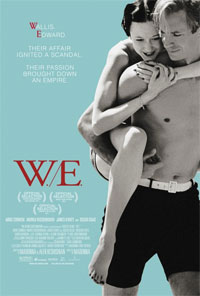 |
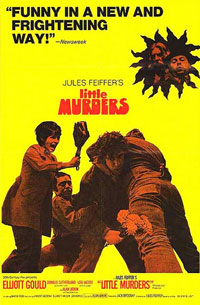 |
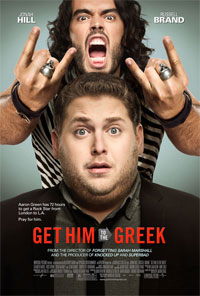 |
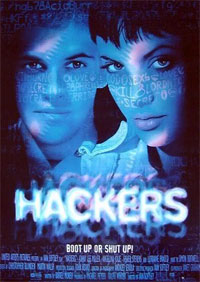 |
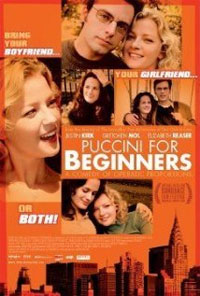 |
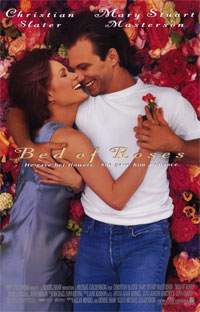 |
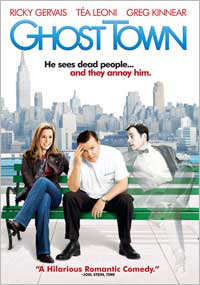 |
|
Link: Most Popular Film Locations
Quick Links
Chart Listings
Disclaimer
All images that appear on the site are copyrighted to their respective owners and otsoNY.com claims no credit for them unless otherwise noted. If you own the rights to any of the images and do not wish them to appear on the site please contact us, and they will be promptly removed.
|
2009-2024 onthesetofnewyork.com | Film Locations | Picture Gallery | Privacy Policy | Disclaimer | Contact |
Donations for hosting |
|

